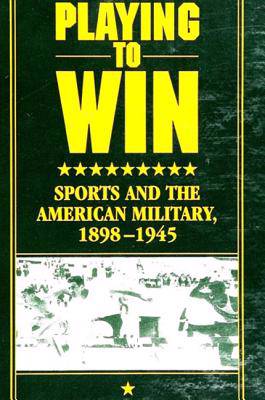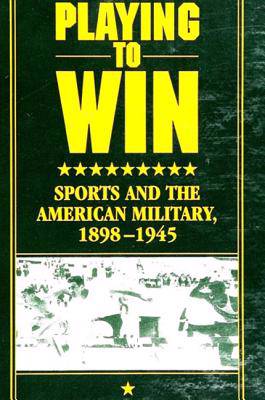
- Afhalen na 1 uur in een winkel met voorraad
- Gratis thuislevering in België vanaf € 30
- Ruim aanbod met 7 miljoen producten
- Afhalen na 1 uur in een winkel met voorraad
- Gratis thuislevering in België vanaf € 30
- Ruim aanbod met 7 miljoen producten
Zoeken
€ 145,45
+ 290 punten
Uitvoering
Omschrijving
This book explains how and why the American armed forces embraced sports as a critical part of training and as entertainment for the men--and, eventually, women--in uniform. The author traces the development of military sports from the Spanish-American War through the end of World War II and shows how they became an integral part of military culture. Wakefield uses the military's sports program to explore issues of power, masculinity, and race as they were expressed and reinforced through athletic competitions and demonstrates how they strengthened hierarchical relationships. She also shows how the armed forces attempted to use sports to further national interests on the diplomatic front and to reduce racial and sexual tension. In addition, Wakefield argues for the interpenetration of the worlds of sports and war, showing how sports metaphors were used to masculinize the military enterprise and maintain morale. Wartime propelled interest in sports, and sports helped to maintain patriotism and gender identity among the troops. The book makes the case that the size and scope of the military's efforts to draw all soldiers and sailors into sports reflect the extent to which competitive athletics in the twentieth century have come to represent a means for advancing not only war but peace.
Specificaties
Betrokkenen
- Auteur(s):
- Uitgeverij:
Inhoud
- Aantal bladzijden:
- 216
- Taal:
- Engels
- Reeks:
Eigenschappen
- Productcode (EAN):
- 9780791433133
- Verschijningsdatum:
- 24/04/1997
- Uitvoering:
- Hardcover
- Formaat:
- Genaaid
- Gewicht:
- 489 g

Alleen bij Standaard Boekhandel
+ 290 punten op je klantenkaart van Standaard Boekhandel
Beoordelingen
We publiceren alleen reviews die voldoen aan de voorwaarden voor reviews. Bekijk onze voorwaarden voor reviews.













